A Month on Safari
This post is about photography, a break from my usual (but infrequent) professional missives.
Back in October, I was fortunate enough to go on a 3 week vacation through Africa. It was an amazing experience, to say the least. We covered 6 countries (South Africa, Zambia, Zimbabwe, Kenya, Tanzania, and Uganda) across 19 days.
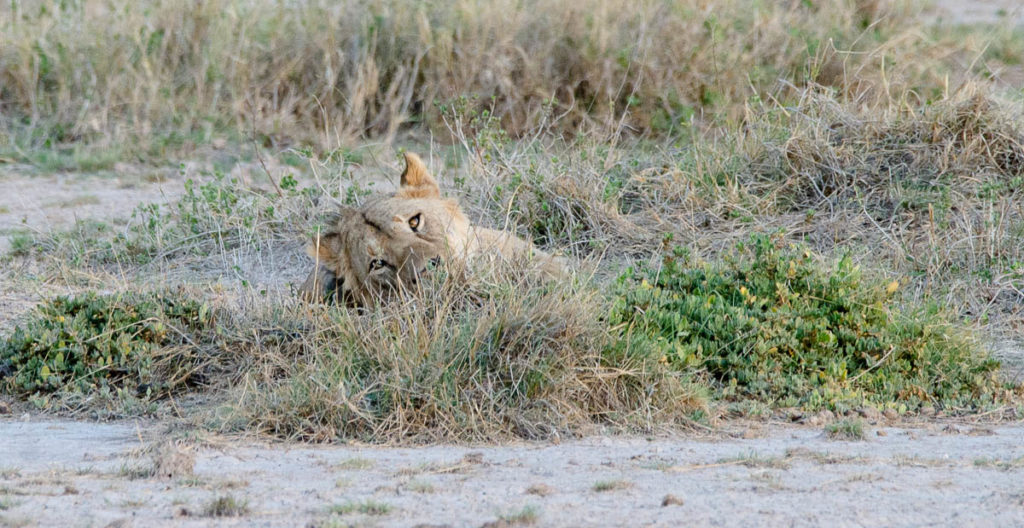
Before going, I did a ton of research on cameras, lenses, how to get around weight restrictions (33 lbs, including carry-on), etc. I asked a lot of people about what they recommended. Some suggested renting big honking lenses like a 400 2.8 and cropping or a zoom like a 200-500 5.6 (which is 5 lbs all by itself). Many strongly recommended renting the latest and greatest cameras, such as the Nikon D850, with it’s 47MP of resolution. For the most part, I got lots of recommendations for the fastest lens from Nikon only or the highest resolution that I could get. I didn’t get a lot of compromise.
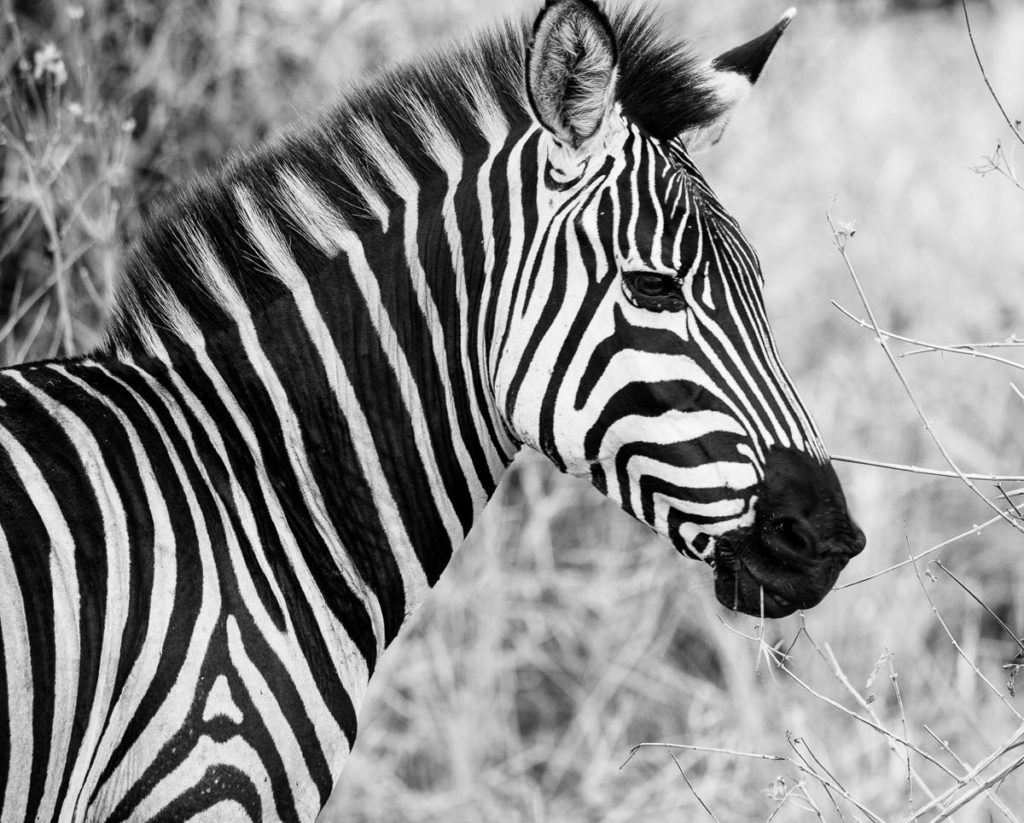
In the end, I decided on a less expensive and lighter (4lb) zoom lens but with more reach – the Sigma 150-600 5.6-6.3 – and sticking with my own Nikon D600 (24MP) with an additional rented D610 (which is basically the same camera but with a new shutter mechanism). I had a 24-120 4 on the D610 that my wife, who excels at landscapes, primarily used.
I learned a lot of interesting things while photographing. First, every millimeter counted. I was almost always shooting at 600mm, and even then when I was post-processing I still had to crop. The first image, of the lion in the brush, is cropped quite a bit to bring him to the center of attention. I was zoomed in similarly on the following few images. And, again, lots of cropping.
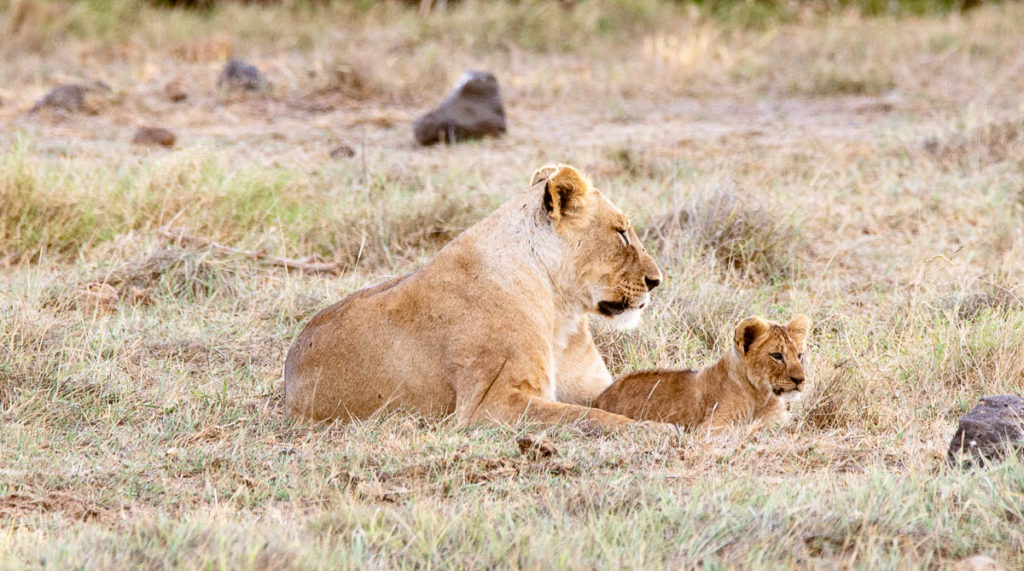

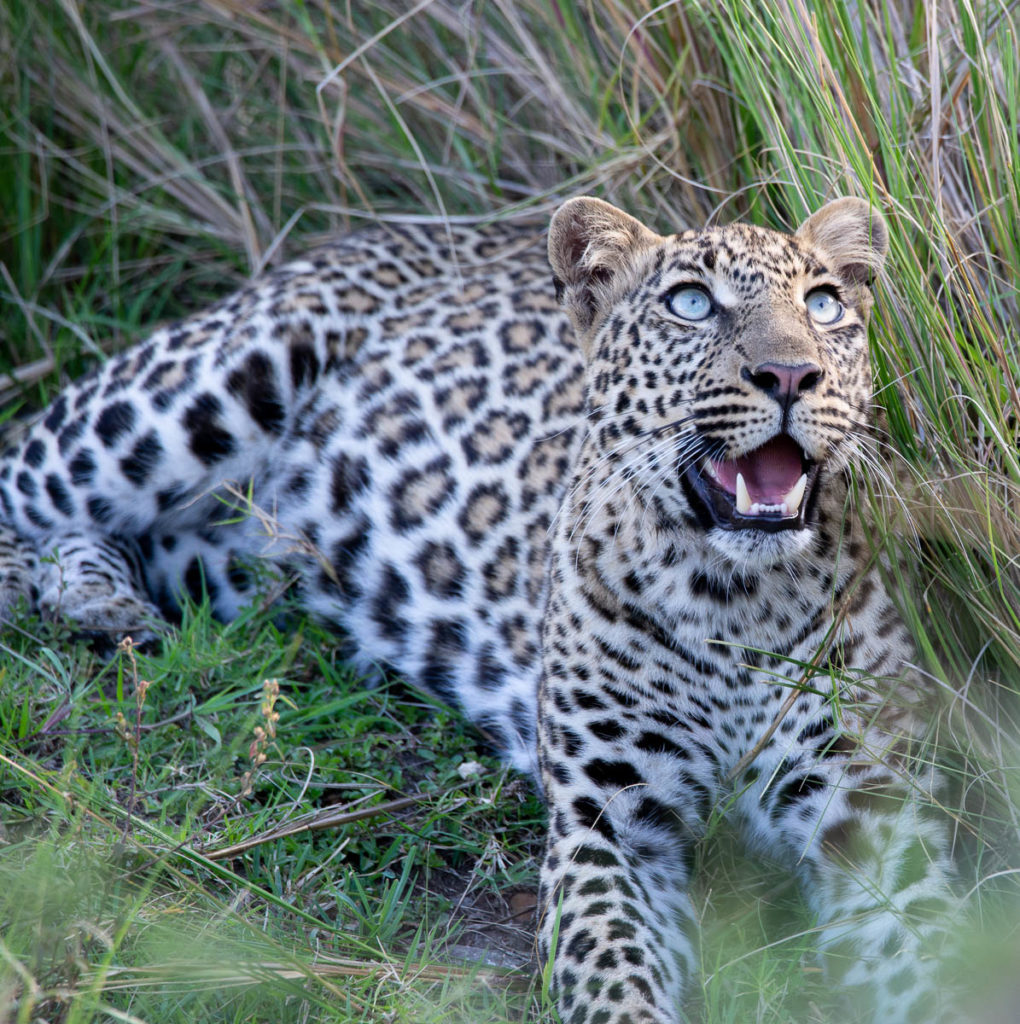
Having a lighter weight lens was a big deal, and you don’t have to buy only name brand. It might be only 1lb, but I had heard that the 200-500 was quite heavy. The close up of the lion below was handheld, and I took a lot of photos of him (meaning I was tiring out my arms as it was). Plus, even at the slow end, the 150-600 was only a 1/3 of a stop difference, and I’ve already mentioned the point about needing that last 100mm, so it was a good trade-off I thought. Both lenses had high speed focus and vibration control. And the Sigma was very sharp. as you can see from both the lion and elephant pics below. I didn’t need a Nikon lens, which was hundreds of dollars more, to get great results. It’s a reminder that Sigma, and Tamron and Tokina for that matter, can make great lenses.
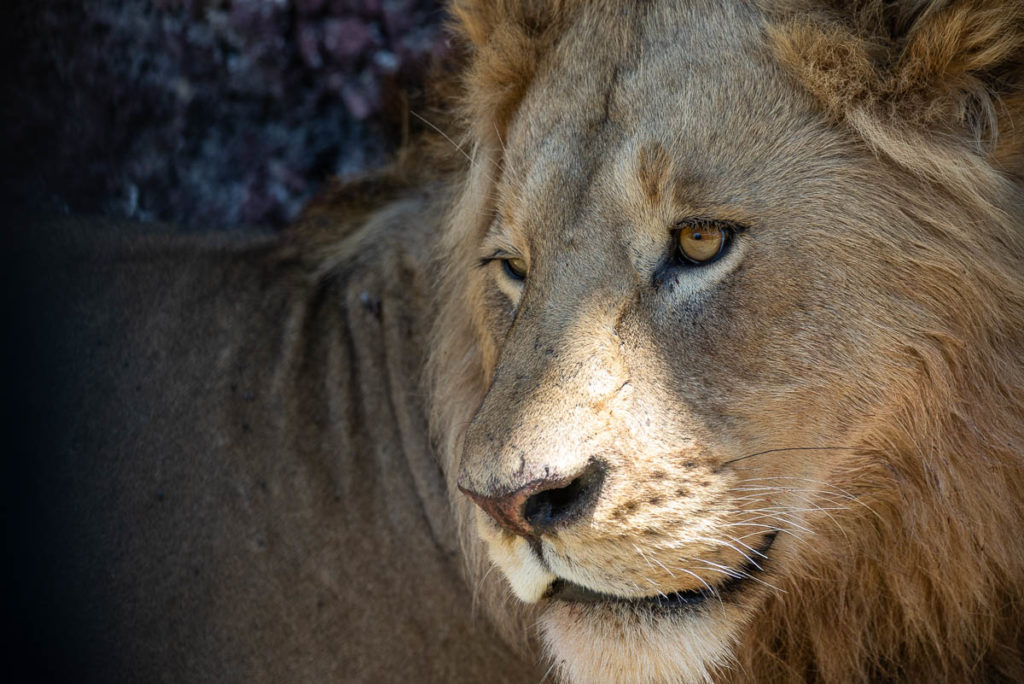
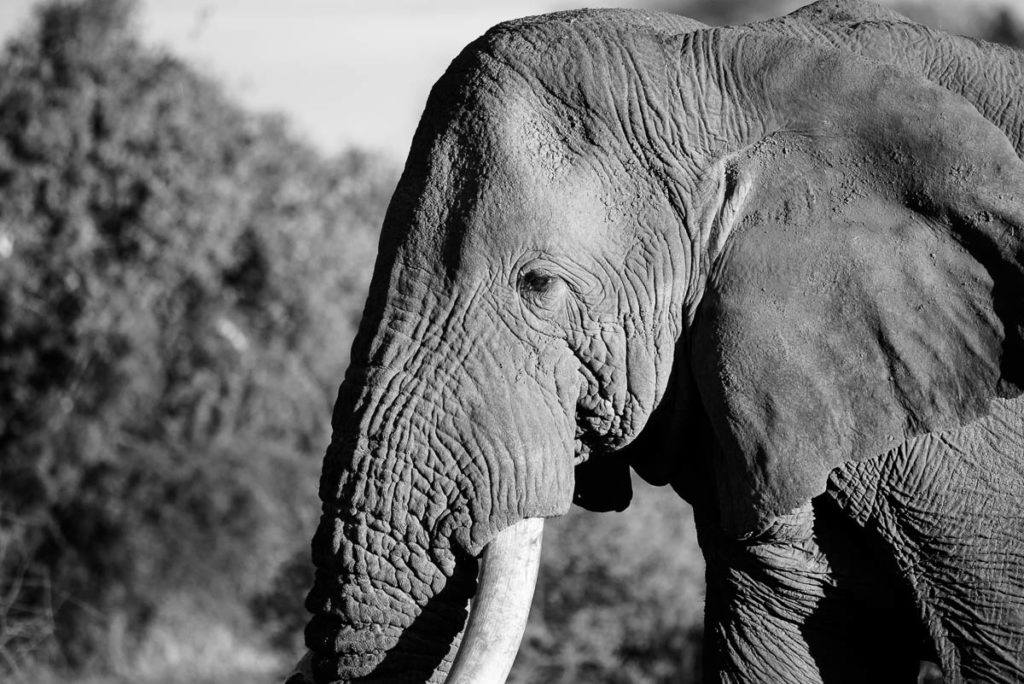
I also learned that there is something to be said about being really familiar with your camera. I knew my D600, and all the controls on the D610 were the same. Yes, I could have learned the D850 and had almost double the MP to work with, but my wife, who is a tremendous photographer but isn’t technically inclined, might have struggled a bit if I wasn’t there to help, on a camera I knew already and could adjust quickly.
Also, there is nothing “wrong” with my D600. It’s not as if it’s lost resolution in the 7 years I’ve had it (24MP then is 24MP today, as far as resolution goes, for the most part). It’s not as if it’s worse in low light/at high ISO (a necessity with a slower lens when we were doing game drives towards dusk). Yes, I could have cropped more with a D850, and that might be the one thing I wish I had changed, but I”m still 99% happy with the results I got with the D600. And I admit that I’m ecstatic as the results even with cropping. 24MP is still a lot of resolution, even today, in the world of newly-announced 61MP cameras.
My favorite photo? That’s the one of the leopard at sunset below. It’s shot on a 7 year old, 24MP camera, with a third-party, “slow” lens at maximum focal length, and at ISO 3200. And I think it’s beautiful.
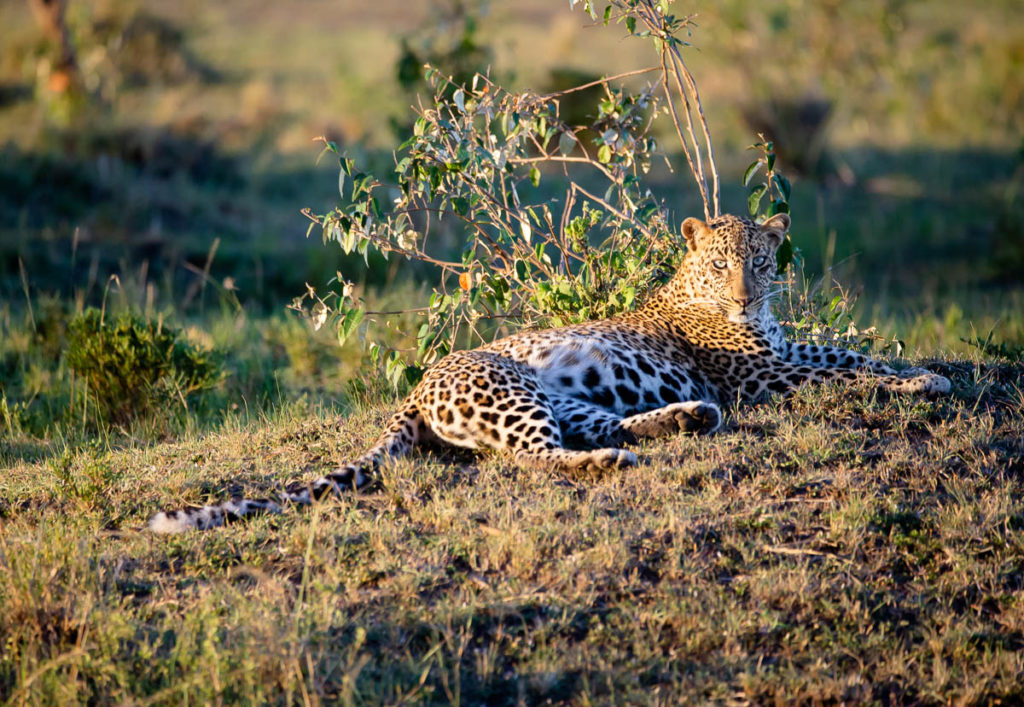
Full gallery is on flickr.